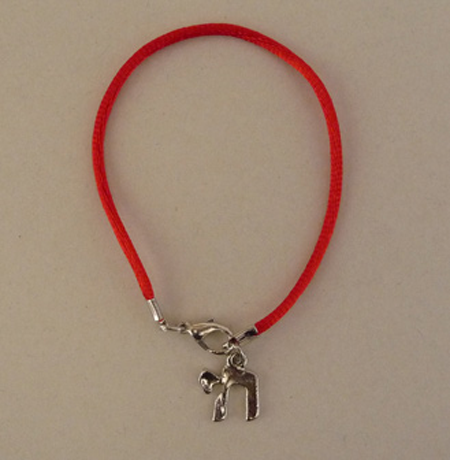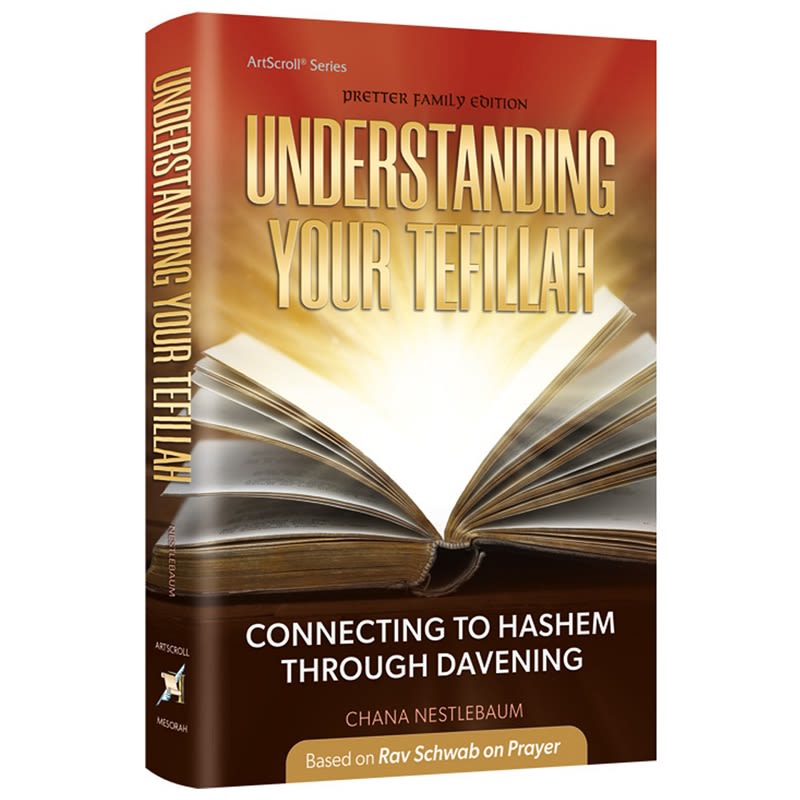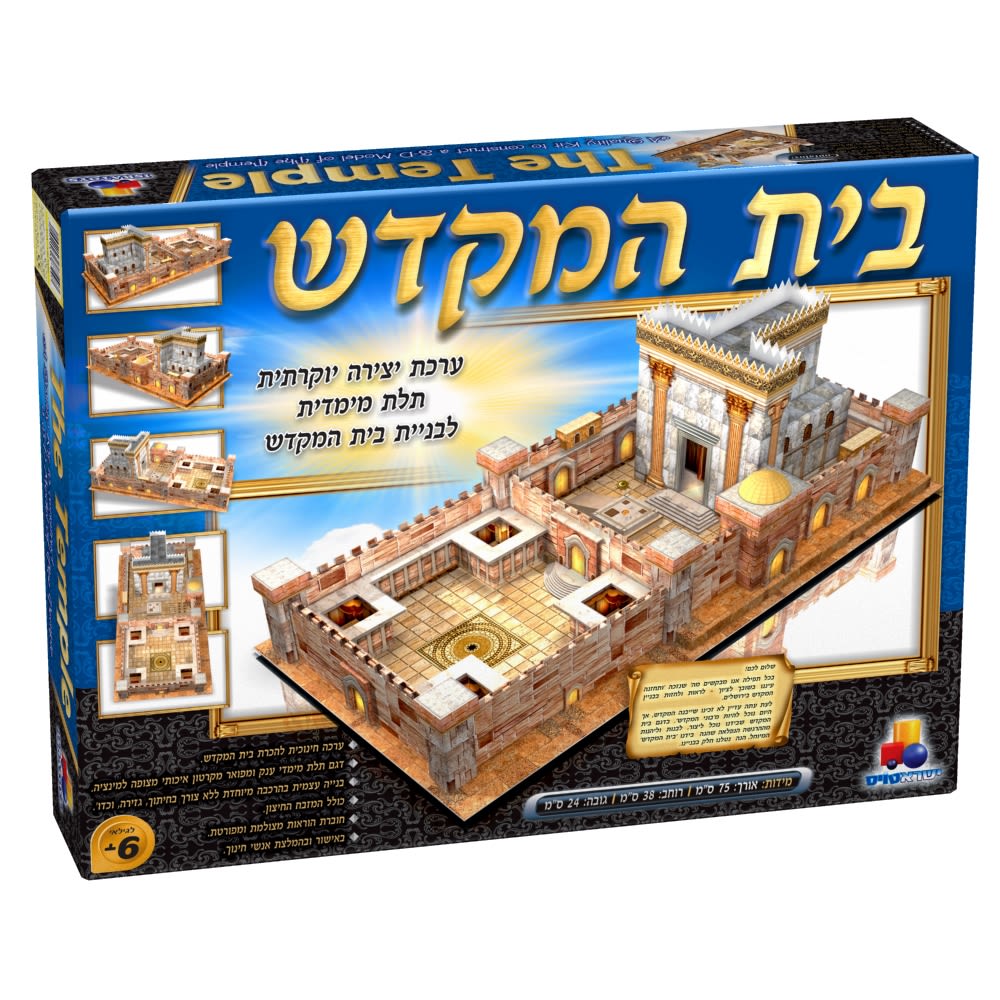
Shoftim: Partners in Creation
Parshat Shoftim: Although it is much easier to "sit back" as a spectator of life and watch the beauty and unity of creation, that is not what we are here for.

Parshat Shoftim
Rarely in the Torah are we told what Hashem "hates". In this week's Parsha we are informed of the prohibition of erecting a type of altar called a Matzeivah. The verse then informs us that it is something that "Hashem your G-d hates". What is so terrible about such an altar? Additionally, the Torah commands us to build a type of altar called a Mizbayach as part of the Sanctuary. This type of altar (Mizbayach) is praiseworthy while the other (Matzeivah) is prohibited. Why is there such a substantial difference between these two types of altars? Finally, our forefather Jacob built different types of altars in his lifetime, the first being a Matzeivah. If this sort of structure is hated by Hashem, why would Jacob build one?
It's interesting to note that at a later part of his life Jacob did end up making a Mizbayach. We'll try to suggest why this change took place.
The answer to these questions is based on the insights of the great 19th Century leader of German Jewry, Rabbi Samson Raphael Hirsch. What is the difference between a Matzeivah and a Mizbayach? A Matzeivah is a single stone altar as opposed to a Mizbayach  which is comprised of many stones. This simple difference contains profound symbolism.
which is comprised of many stones. This simple difference contains profound symbolism.
At the time of our Patriarchs, mankind was basically unaware of the existence of Hashem. Idolatry and paganism were a matter of course. Our great forefathers, Abraham, Isaac, and Jacob spent their lifetimes teaching and disseminating the belief in one G-d. The idea that all of nature was unified and eminated from a single source, Hashem, was symbolized by the one-stone Matzeivah. The awareness of that oneness was a tremendous breakthrough for mankind and, at that time, the corresponding symbol of the unity of life, the Matzeivah, was beloved to Hashem.
This idea was primary until the giving of the Torah. At that point, the Jewish people were called upon to live a life that would not only reveal the oneness of Hashem in nature but actually become partners with Hashem in the building an ideal world. From that time on, it would become the Jewish people's task to live and teach the world not only about the existence of a Creator but also about mankind's challenge and responsibility to create this perfected world. This concept is symbolized in the multi-stoned Mizbayach.
At the time of the Patriarchs the concept of the one-stoned Matzeivah was primary. It was helpful in creating a consciousness used to awaken the world from its mistaken paganism and to develop an awareness of the truth of reality, that Hashem is behind and unifies all of existence. However, after we became the people of the Torah at Mt. Sinai, this awareness was insufficient. From that point on, our human involvement became essential in bringing about the perfection of this world.
This transition was also represented in Jacob's life. Before he traveled to Laban's house to marry and raise a family, his focus was on spreading the message of Abraham and Isaac, that there is one Hashem involved and directing all of creation. After he married and returned to the land of Israel with the family that would be the foundation of the Jewish people, his task changed. Now his and his family's responsibility would be to work together to make a society that would reflect truth, holiness, and the Divine light in this world. That is why he built a one-stone altar, a Matzeivah, before he left Israel, but upon his return he set up a multi-stoned edifice, a Mizbayach.
This symbolic change became so important that the Torah says that living a life of seeing the unity but excluding oneself from Tikun HaOlam (rectification of the world) is missing the essential nature of life today. Although it is much easier to "sit back" as a spectator of life and watch the beauty and unity of creation, that is not what we are here for. That is why the Torah prohibits us from making a single-stone altar. The philosophy behind this type of altar is now hated by Hashem.
We need to appreciate the incredible privilege of becoming partners in Creation, to build, metaphorically, a multi-stoned altar with each person contributing his unique gifts to the rectification of the world. With this vision we will hopefully use any and all opportunities to contribute our talents to the world and to make it into a truly G-dly place.











Tell us what you think!
Thank you for your comment!
It will be published after approval by the Editor.